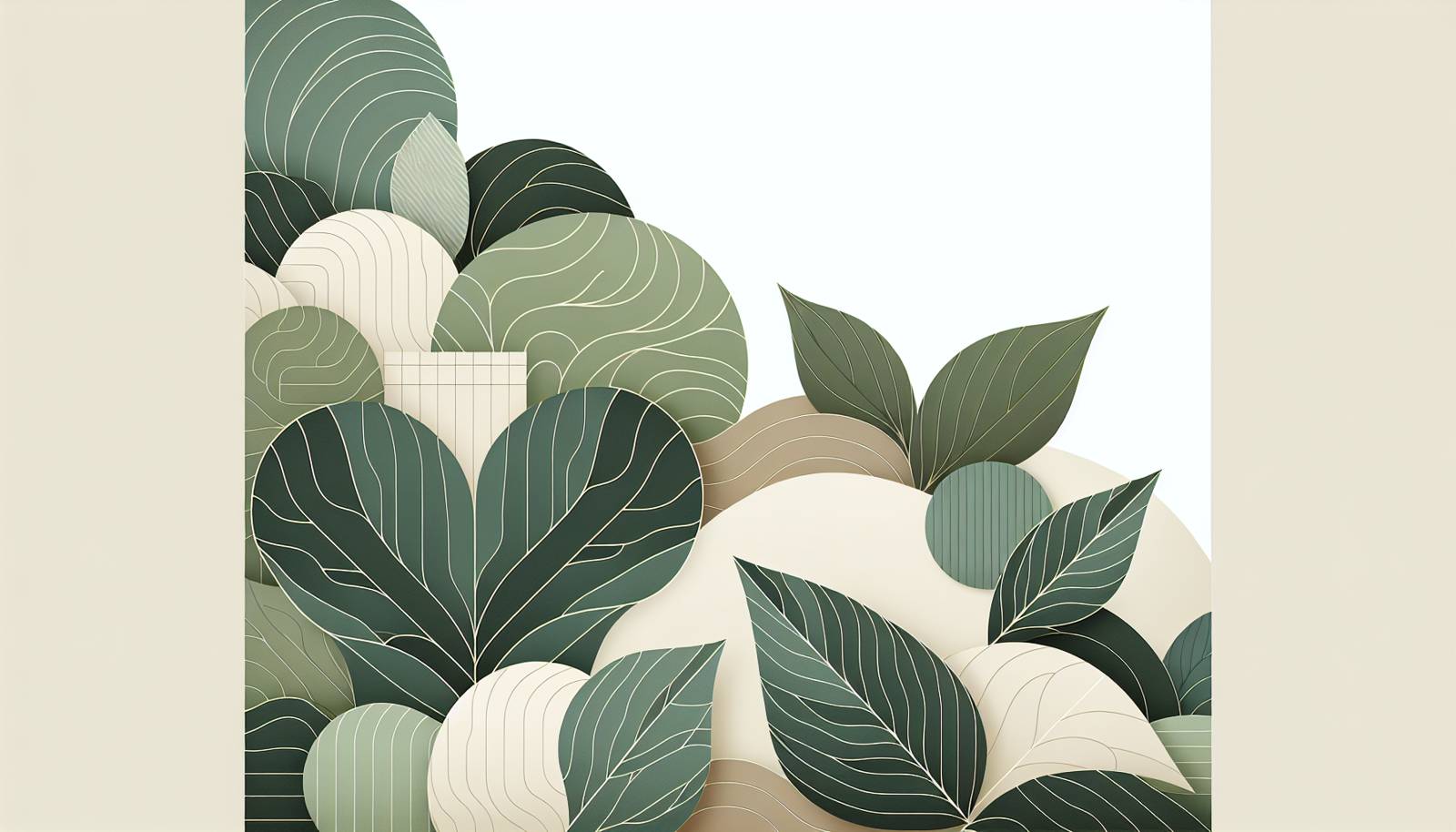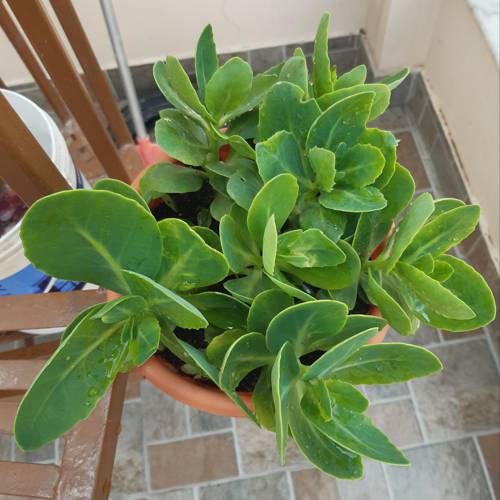
FAQ About Indoor Plant Leaf Shape and Functionality

What are common leaf shapes found in indoor plants?
Common leaf shapes found in indoor plants include ovate (egg-shaped), lanceolate (long and narrow), heart-shaped, palmate (hand-like), and pinnate (feather-like). Each shape can serve different functional purposes, such as maximizing light capture or minimizing water loss.

How does leaf shape affect a plant's ability to photosynthesize?
Leaf shape can impact a plant's ability to photosynthesize by influencing the surface area available to capture sunlight. Broad leaves like those found in the Monstera allow for a larger surface area to absorb light, while narrow leaves might minimize water loss in drier environments.

Why do some indoor plants have glossy leaves?
Glossy leaves often help enhance light reflection and prevent water loss. The shininess comes from a waxy cuticle layer that protects the leaf tissue from excess water evaporation and can deter pests and disease.

What is the role of leaf shape in temperature regulation for indoor plants?
Leaf shape helps regulate temperature by influencing the boundary layer of air around the leaf. Smaller or more divided leaves help dissipate heat faster, which can be beneficial in warmer climates or environments.

Can changing the leaf shape of a plant help it adapt to indoor environments?
Yes, plant species with naturally adaptive leaf shapes often fare better indoors, as they can better manage available resources such as light and moisture. Broad leaves can capture more light within a limited indoor space, while narrow leaves can help in humidifying air or conserving water in arid conditions.

Why do some indoor plants have differently shaped leaves on the same plant?
Some plants exhibit heterophylly, where leaves of different shapes grow on the same plant. This can be an adaptive strategy to optimize resource use under varied conditions, such as light intensity or availability of water.

How does the leaf shape contribute to an indoor plant's aesthetic appeal?
Leaf shape significantly impacts a plant's aesthetic appeal by contributing to the overall texture, symmetry, and visual interest of the plant. Unique shapes like the violin-shaped leaves of a fiddle leaf fig or the split leaves of a Monstera add to the decor of indoor spaces.

What is the purpose of serrated edges on some indoor plant leaves?
Serrated edges may help in water collection from dew or rain, enhance light capture by increasing leaf surface area, and deter herbivores by making the leaves harder to eat. They primarily serve functional purposes tailored to the plant's natural habitat.

Do all indoor plants change their leaf shape as they mature?
No, not all indoor plants change their leaf shape as they mature. However, some may undergo changes as part of their developmental stages or in response to environmental conditions. These changes can include shifts in size rather than shape.

How do the leaf shapes of succulents differ from those of other indoor plants?
Succulent leaves are typically more compact, thick, and fleshy compared to other plants. This shape helps in water storage, enabling them to survive in arid conditions with limited water availability. The shape minimizes the surface area exposed to air, reducing water loss.

What is the significance of leaf orientation in indoor plants?
Leaf orientation refers to how leaves are arranged to capture light efficiently and regulate transpiration. Horizontal spread leaves can maximize light capture, while vertical leaves might help in minimizing direct sun exposure, reducing heat stress.

How do environmental factors influence indoor plant leaf shape?
Environmental factors like light availability, humidity, and temperature can influence leaf shape. For example, plants with more access to light may develop broader leaves, while those in low-light environments might have elongated leaves to maximize light absorption.

Why might some indoor plants develop variegated leaves?
Variegation can occur due to genetic mutation or environmental factors, resulting in patterns of different colors. This could be a response to excess light, where variegation reduces chlorophyll formation in certain areas to avoid damage, or simply a natural mutation.

What adaptations do climbing indoor plants have in terms of leaf shape?
Climbing plants often have specialized leaf structures, such as tendrils or altered shapes, to aid in attachment and support as they ascend toward better light sources. They may have broader leaves higher up to capture more sunlight.

How do different leaf shapes help indoor plants deal with pests?
Leaf shape can play a role in pest deterrence. For example, plants with thicker, waxy leaves are harder for pests to penetrate. Sharp or spiky edges might deter larger herbivores, while fuzzy textures can dissuade smaller insects from feeding or laying eggs.

Do indoor plants with large leaves need more water?
Generally, larger leaves can result in greater water loss through transpiration, necessitating more frequent watering. However, this depends on the species, environmental conditions, and whether the plant has mechanisms to reduce water loss like thick cuticles.

Can indoor plant leaf shapes indicate the health of a plant?
Yes, changes in leaf shape, such as warping or curling, can be indicators of a plant’s health, potentially signaling issues like nutrient deficiencies, water imbalance, or unsuitable light conditions. Observing consistent shape and texture can be a sign of good health.

Why do indoor plants sometimes develop curled leaves?
Curling leaves on indoor plants can be a response to environmental stress such as overwatering, underwatering, or pest invasion. Ensuring proper care by regulating water, light, and inspecting for pests can mitigate this issue.

What are some misconceptions about indoor plant leaf shapes?
A common misconception is that a specific leaf shape is best suited for all indoor environments. In reality, different shapes are adapted to specific light, humidity, and temperature conditions. What works for one plant might not be suitable for another.

How do leaf shapes contribute to an indoor plant's survival?
Leaf shapes contribute to survival by optimizing light absorption, controlling water loss, defending against pests, and assisting in temperature regulation. These adaptations help indoor plants thrive even in conditions that differ significantly from their natural habitats.
